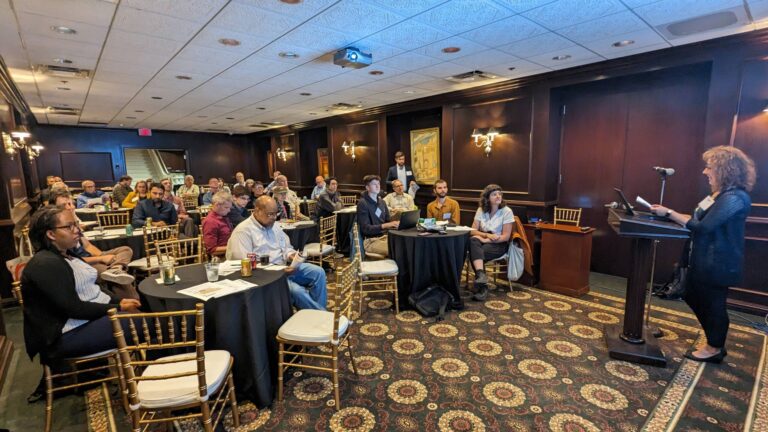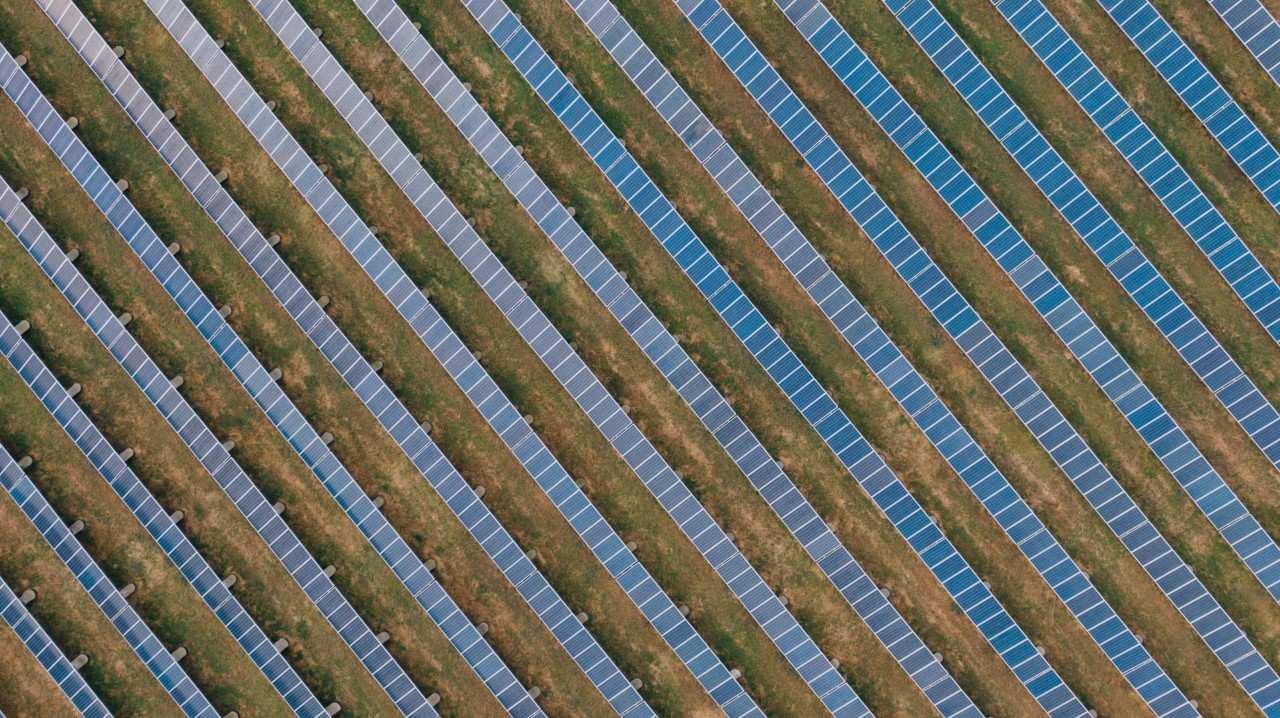By Morgan Pitts 9/30/2018
Philadelphia Energy Solutions, the refinery that is impossible to miss from the Girard Point Bridge on I-95, is facing an uncertain future as it emerges from Chapter 11 bankruptcy. The refinery dates from 1866, when The Atlantic Oil Company commenced storage and refining operations on the site. Over the years, the facility has changed hands multiple times; today Philadelphia Energy Solutions has a processing capacity of 335,000 barrels per day (that’s over 14 million gallons) and is majority-owned by The Carlyle Group. After several years of suboptimal performance, the owners filed for bankruptcy in February of this year. While the refinery has emerged from bankruptcy, questions remain about its long-term prospects.
The Kleinman Center for Energy Policy at the University of Pennsylvania recently published a report entitled Beyond Bankruptcy: The Outlook for Philadelphia’s Neighborhood Refinery. The report discusses the challenges facing the refinery – particularly, suboptimal performance and lack of feedstock flexibility – that make the refinery less profitable than similar facilities. The report concludes that the facility’s future is far from certain – there is a very real chance that the refinery will close within the next decade. If that happens, it will leave behind a legacy of contaminated soil and groundwater.
Assuming the refinery ultimately closes, the question that we are left to wrestle with is: what do we do with this highly contaminated industrial site just a few miles from Center City? Remediation of the site itself will be challenging – over a century of contamination by petroleum byproducts and other industrial chemicals means that there are many potential hazards to the surrounding communities. (Add to that the fact that the general public has not been thoroughly involved in remediation planning.)
Fortunately, the Kleinman Center paper reminds us of an effort dating from 2013 to re-envision the lower Schuylkill River. The Lower Schuylkill Master Plan gathered input from a wide variety of stakeholders to develop a vision for a more vibrant and sustainable use of southwestern. Progress on the plan has been proceeding apace, with developments adjacent to University City and Bartram’s Gardens. Potential future uses of the refinery site are not explored (beyond remaining a refinery) but if you haven’t had a look at the plan in a while, it never hurts to start thinking about what a post-PES Philadelphia could look like.





